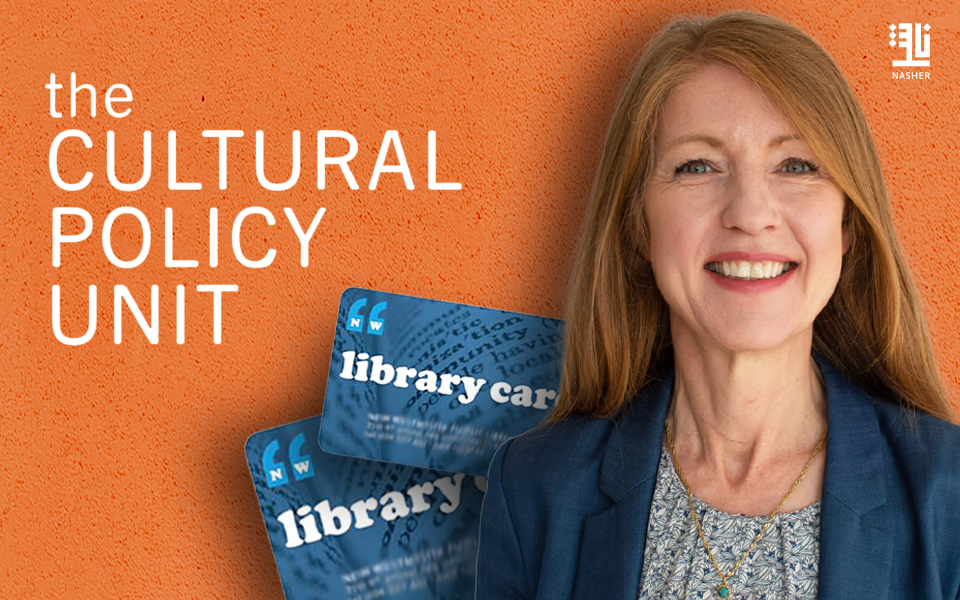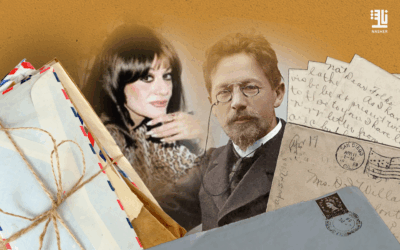Priced at £ 2.25 million, Ferry House is a four-bedroom property on the riverbank in the village of Sunbury, just southwest of London.
On the banks of the Thames, it spans 3,700 square feet and is packed with history.
The house is mentioned in Chapter 21 of Charles Dickens 1838 book, with the writer painting the scene: As they passed Sunbury Church, the clock struck seven. There was a light in the ferry-house window opposite which streamed across the road and threw into more sombre shadow a dark yew tree with graves beneath it.
In the years since, the building continued to serve as a boathouse, before being refurbished into the stunning home that stands today.
On the ground floor are two en-suite bathrooms, a study, a utility room, a guest bathroom, a garage and a boathouse opening out onto the tranquil dock.
Charles Dickenss (1812-1870) second novel, was originally published in serial parts 1837-39, and as a three-volume edition in 1838. Dickens was deeply disturbed by the harsh Poor Law Amendment Act of 1834. Subtitled ‘The Parish Boys Progress’, Oliver Twist conveys concerns about the impact of poverty and the flaws of the workhouse system. Oliver, an orphan, spends his early years in grim institutions. After causing consternation by requesting more food, he is apprenticed to an undertaker but absconds and becomes part of a pickpocket gang, controlled by the manipulative Fagin. One of the authors motives was to counter the sensational and glamorous depiction of criminals in Newgate fiction, a popular genre of the 1830s







